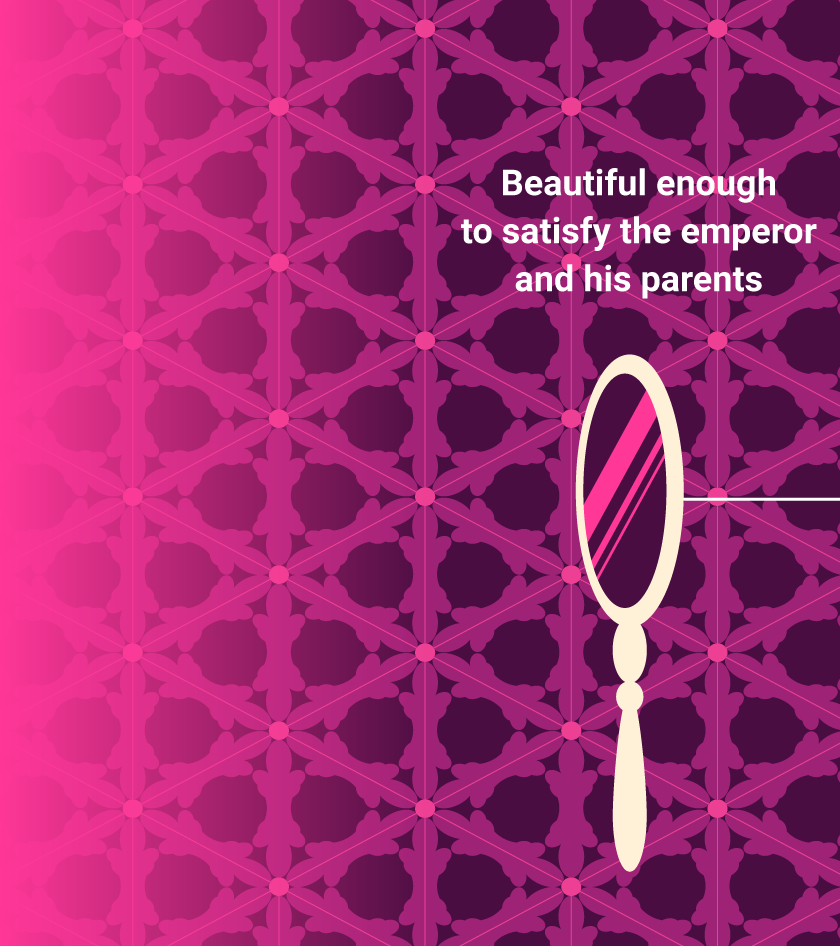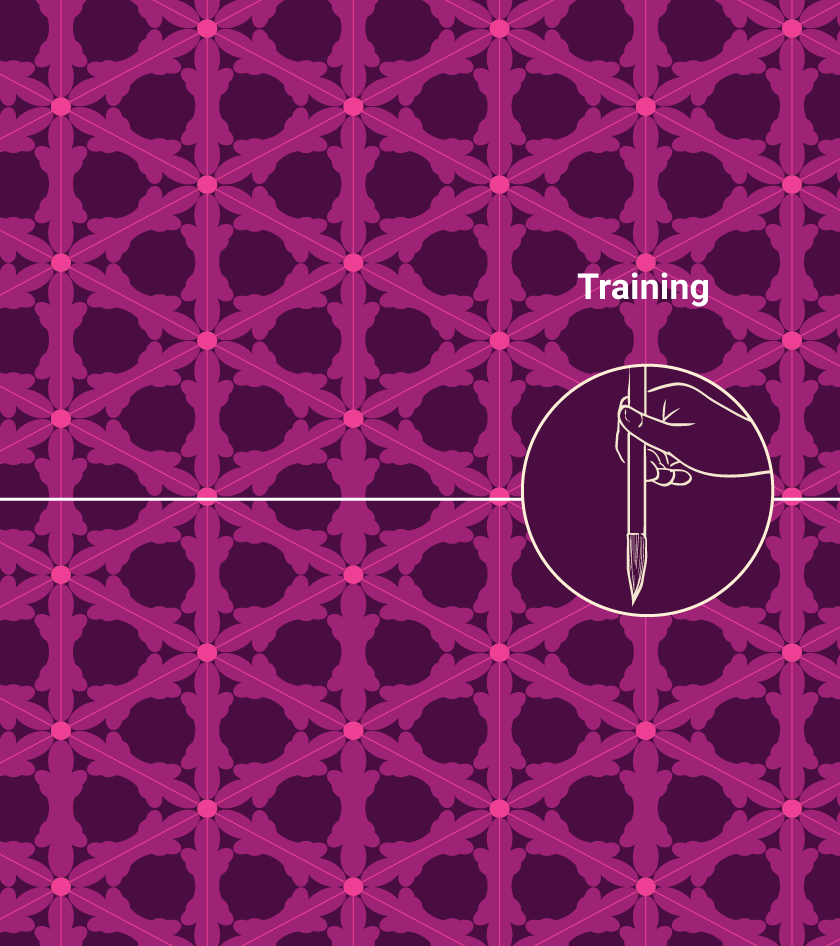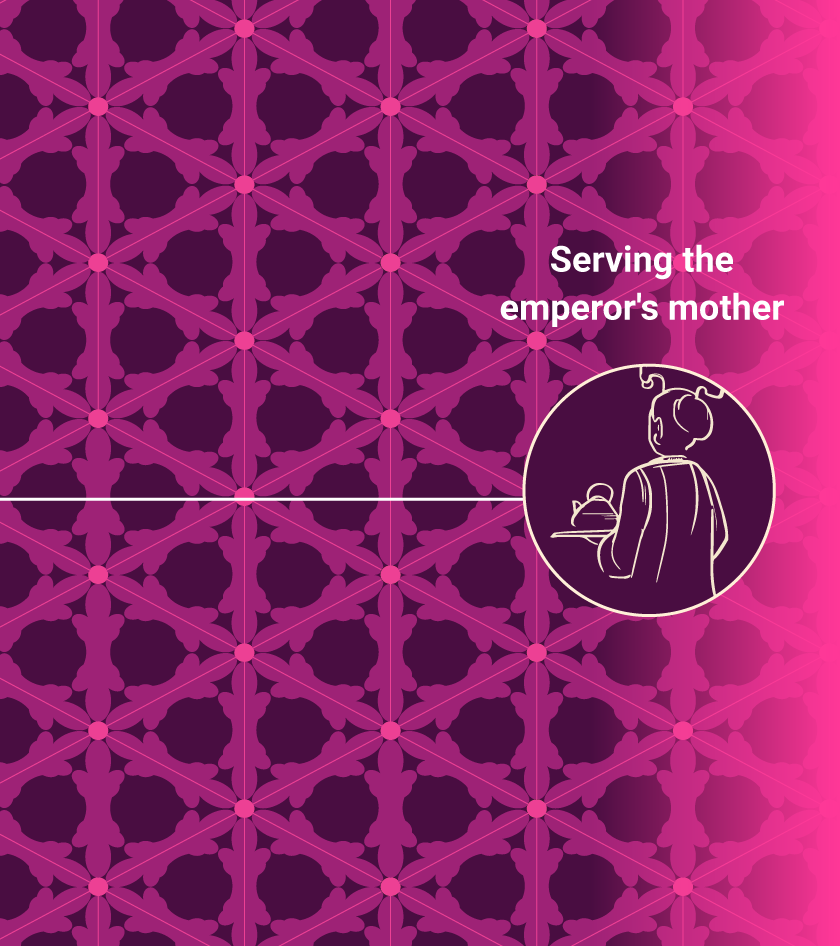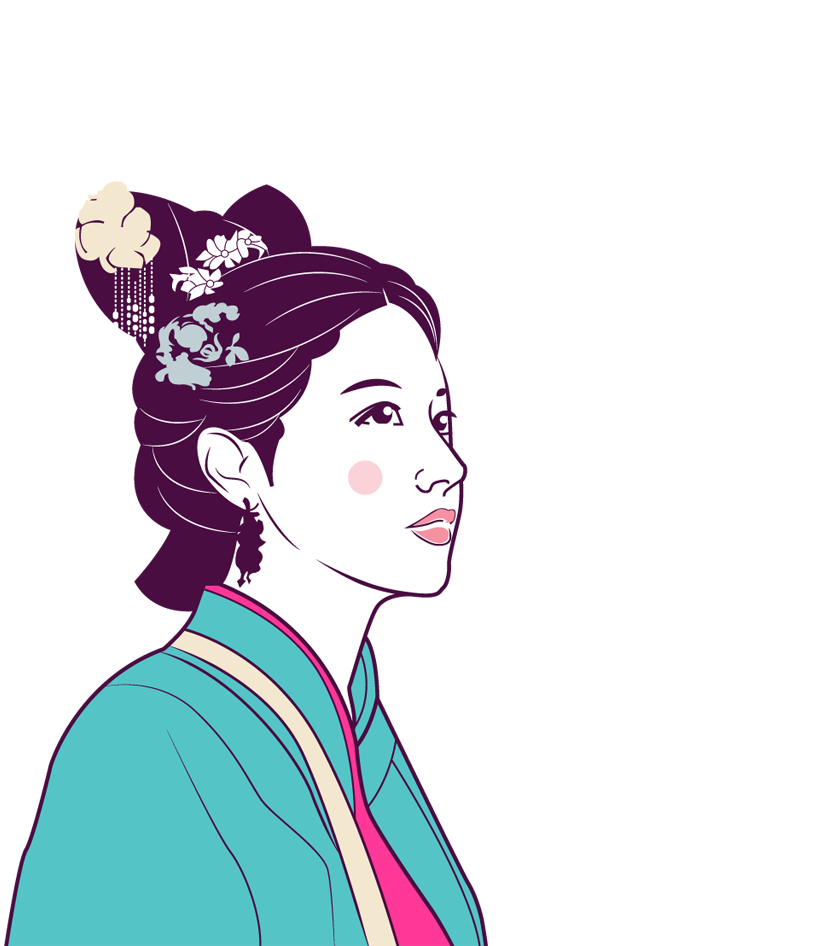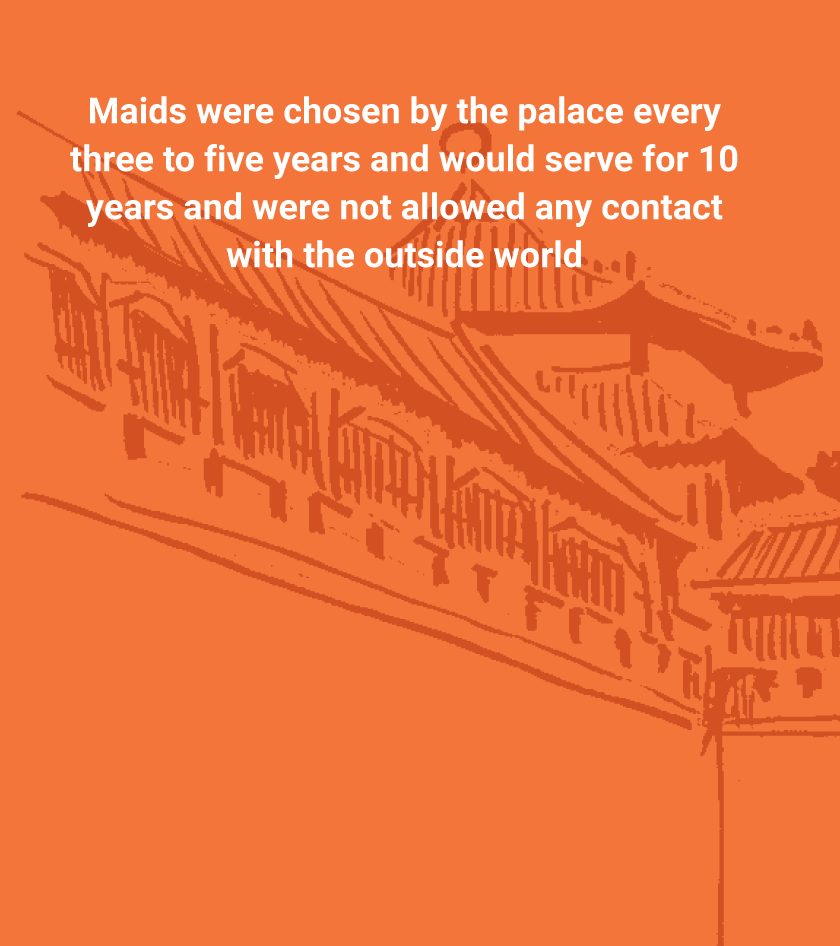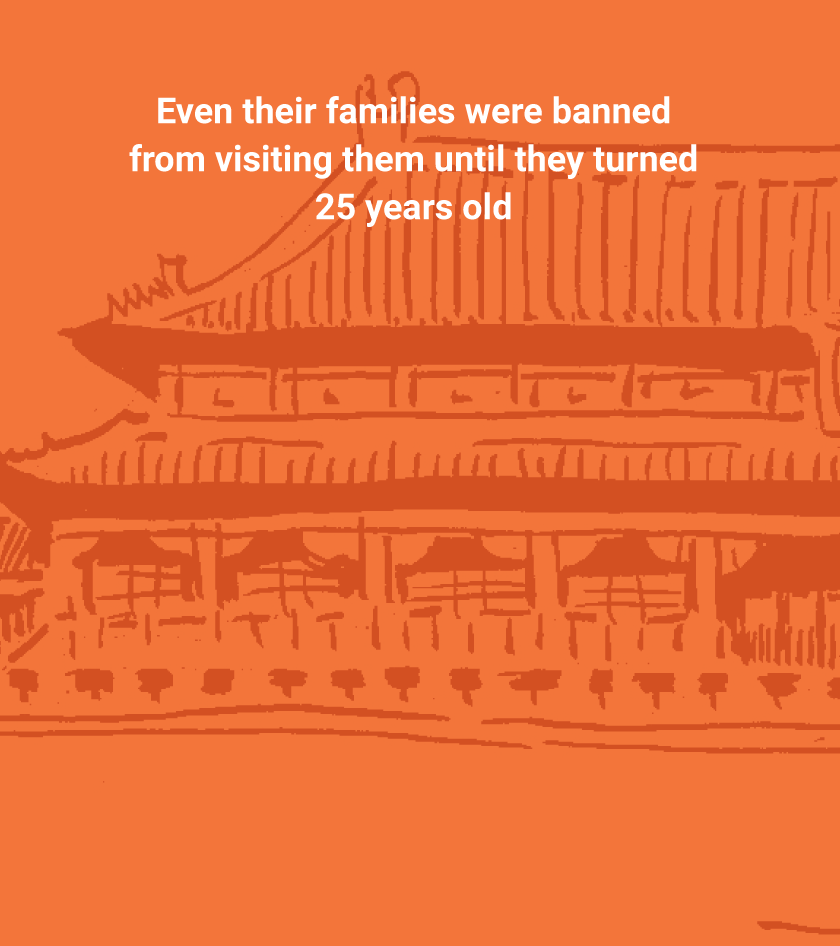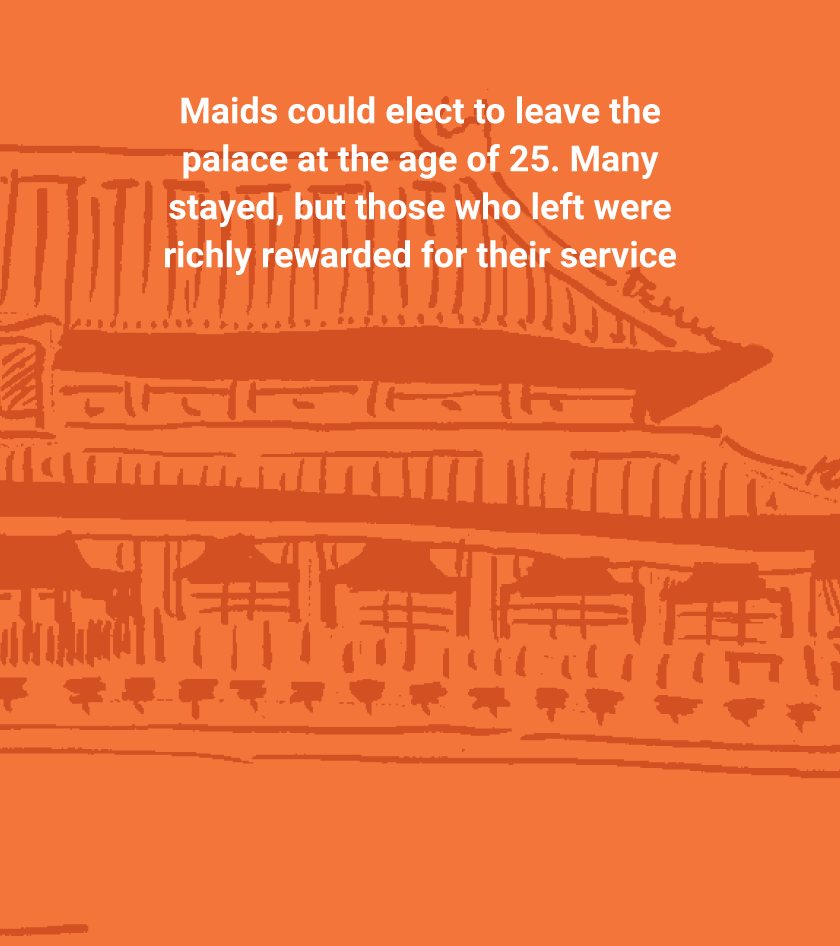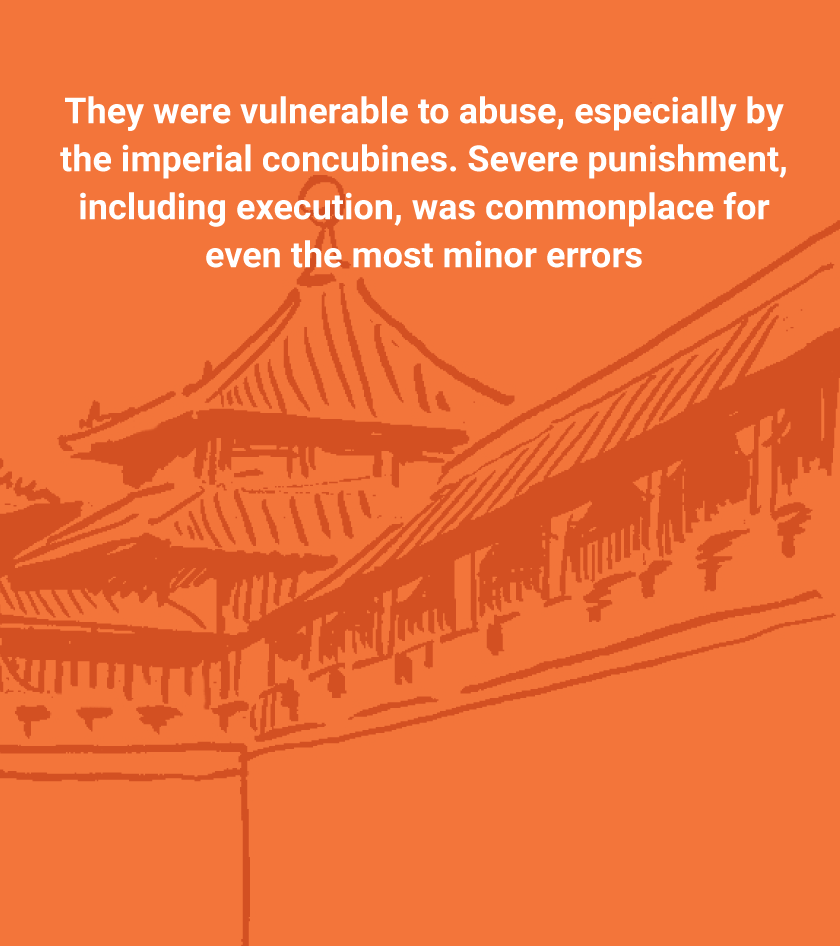Life inside the Forbidden City
CHAPTER 1
Life inside the Forbidden City: the women selected for service
A PREVIOUS VERSION OF THIS GRAPHIC WAS PUBLISHED ON JULY 12, 2018. IT HAS BEEN UPDATED AND WAS REPUBLISHED ON OCTOBER 10, 2025.

Marcelo
Duhalde
All females within the Forbidden City were strictly sequestered in
the imperial quarters (the inner court), forbidden from venturing
outside the northern section of the palace. The women of the inner
court - composed of concubines, palace servants, and royal princesses
- served distinct roles. Most were employed as maids and servants,
while concubines were specifically selected to bear children for the
emperor. Those who successfully gave birth to male offspring could be
elevated to imperial consorts, with the empress holding the supreme
position within this strict hierarchy.
Concubines
Selecting partners
Women selected for court were known as xiunu (elegant females), with selection criteria varying by emperor. In the Ming dynasty (1368-1644), for example, no household was exempt: all young unmarried women were required to go through the xiunu selection process, with only married women or those with certified disabilities being exempt.
The Qing Emperor Shunzhi (1638-61), however, began to limit selection primarily to “Eight Banners” families (mainly Manchurian and Mongolian), thereby excluding most of the Han population.
The process was bureaucratic: the Board of Revenue notified officials and clan heads to gather lists of eligible females. Banner officials then submitted the lists to the commanders’ headquarters in Beijing and the Board of Revenue, which set the final selection date.
REQUIREMENTS FOR SELECTION
On the appointed
day during the Qing dynasty, girls accompanied by relatives, clan
heads, and local officials - were brought to the
Shenwu (Martial Spirit)
Gate of the Forbidden City for inspection.

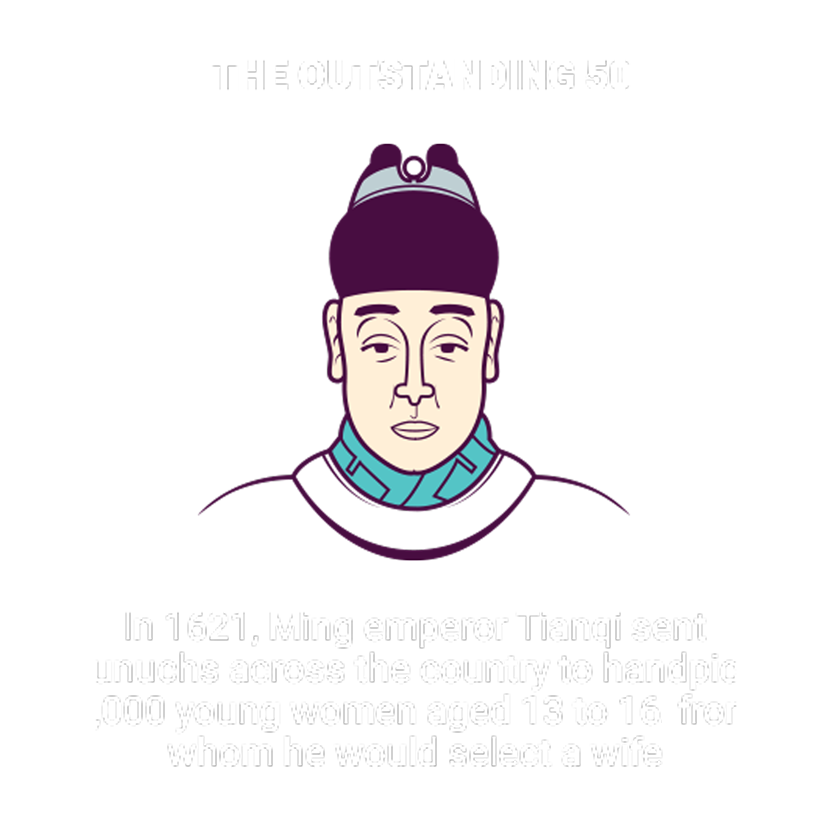

During the first round of selection, women stood in
lines of 100, according to age.


As many as 1,000 were eliminated for being too tall,
short, fat or thin.


The next day, eunuchs intensively examined bodies, voices, and general manner, eliminating another 2,000.


The third day focused on observing their feet, hands, and grace of movement, eliminating another 1,000.


The remaining 1,000 underwent gynaecological examinations, dismissing another 700.


The remaining 300 were housed for a month-long series of tests for intelligence, merit, temperament and moral character.


The top 50 candidates were subject to further examinations and interviews on subjects like maths and literature, and were ranked accordingly.


The three favourites would receive the highest ranking for imperial concubines.
Only a few of those who survived this rigorous process would win the emperor's favour. The resulting politics and jealousy were rife among concubines, with many spending their lives in bitter loneliness. For some, beauty was more of a curse than a blessing.
ACTIVITIES
Concubines were strictly
forbidden from having sex with anyone other than the emperor.
Most of their activities were overseen and monitored by eunuchs, who wielded great power in the palace. Concubines were required to bathe and be examined by a court doctor before sex with the emperor.
With hundreds, and sometimes thousands of concubines available, anyone the emperor visited was subject to jealous rivalries. Concubines filled their days applying make-up, sewing, practising various arts, and socialising. Many spent their entire lives in the palace without ever meeting the emperor.
HIERARCHY
Qing dynasty harem system
The ranking of
consorts and concubines remained consistent, though the number
varied among different emperors.
POLYGAMY
Common among the upper and wealthy
middle classes in feudal China, polygamy was primarily a sign of
male potency and was strongly focused on procreation to ensure the
family name continued.
The Confucian principle of daxue (great learning) tied a man’s personal growth to his ability to manage a family. For the emperor, this mandate was critical, making guaranteeing a successor the most paramount concern.
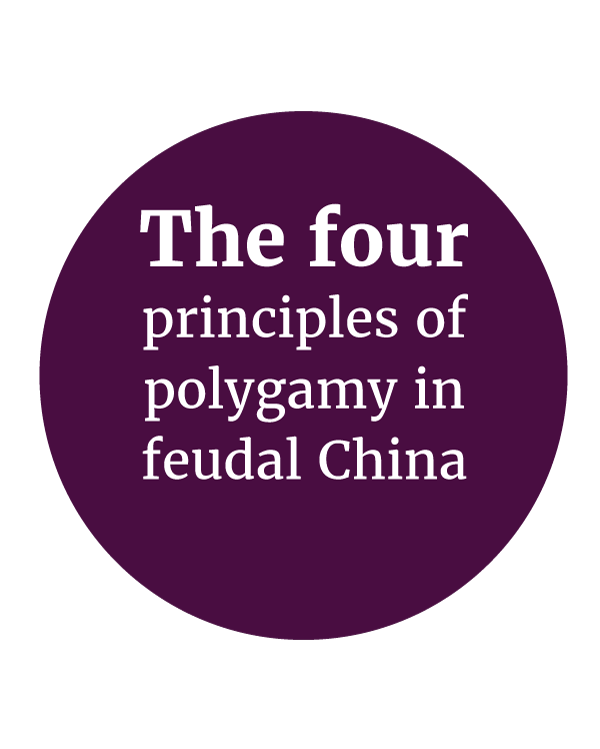
1. Strict distinction
The main wife (empress) was superior to all others and was responsible for mentoring them in harmonious behaviour for the greater good.
2. No jealousy
Women were expected to rise above negative emotions like bitterness, jealousy and rivalry.
3. No attachment
The emperor should not have a favourite, and wives should not monopolise the man. Passionate attachment was unacceptable, as favour had to be distributed evenly.
4. Strict hierarchy
Each dynasty established ranks for imperial wives. A wife’s position was determined at specific times, such as when she first joined the imperial family and was assigned a rank.
EMPEROR’S SEXUAL ROTATION
It was believed
that regulating the emperor’s sex life was essential for the
well-being of the entire Chinese empire. To enforce this, the
rotation of concubines was kept strictly regimented. Curiously,
10th century Chinese calendars were used not for general
timekeeping but specifically to manage this royal sex schedule.
Secretaries documented every encounter, recording the emperor’s
sexual life with brushes dipped in imperial vermilion.
MOON CYCLE
The Imperial Chinese believed
that conception was most likely during the full moon, when the
yin (female influence) was
strong enough to match the
yang (male force) of the
emperor. This belief strictly determined the schedule: the empress
and high-ranking wives slept with the emperor around the time of
the full moon, as it was believed children of strong virtue would
be conceived then. Conversely, lower-ranking concubines were
tasked with nourishing the emperor’s
yang with their
yin, sleeping with him
around the time of the new moon.

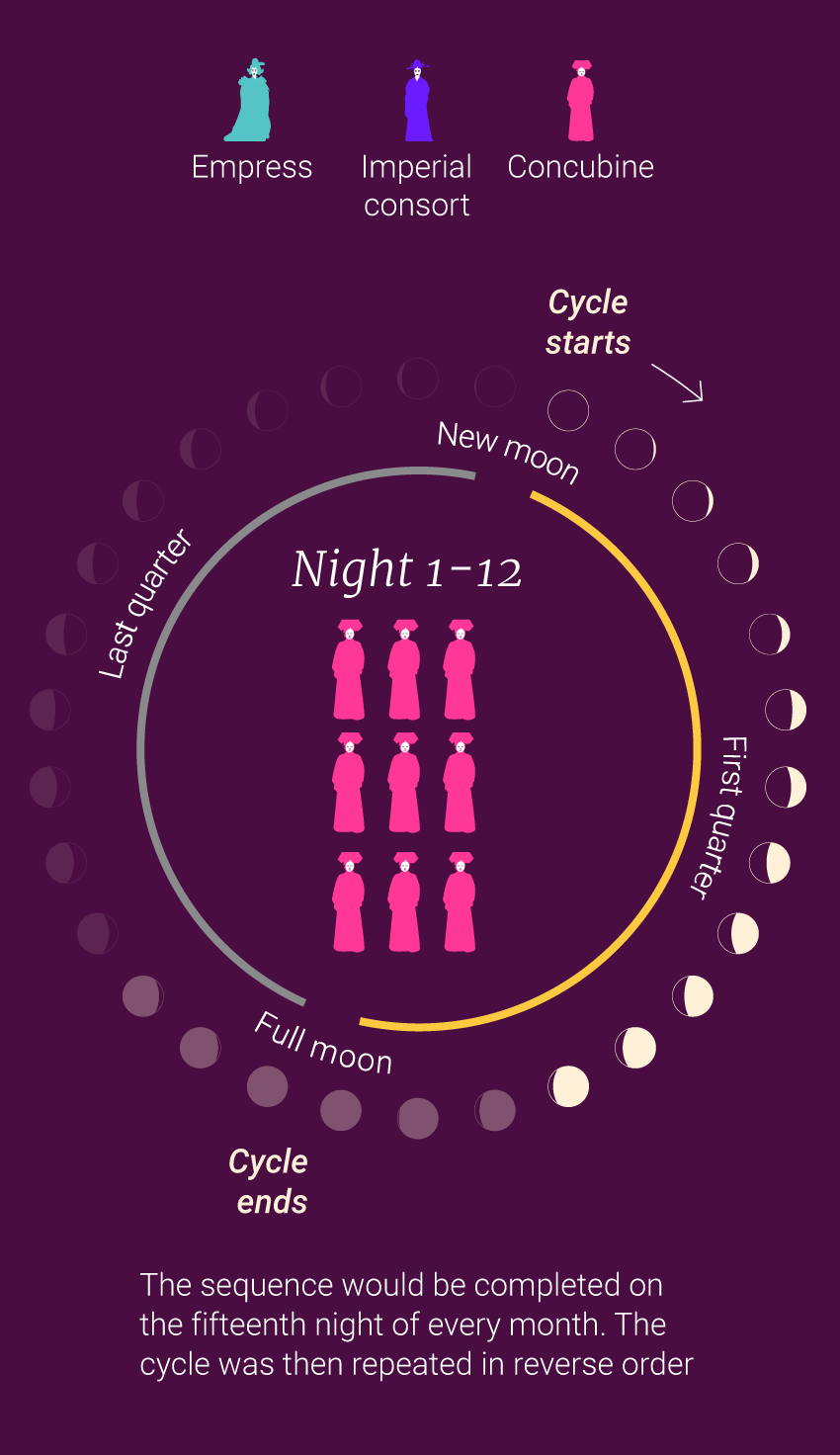
THE FATE OF A FAVOURITE
Zhenfei (the “Pearl Consort”) entered the palace in 1899 at age 13 and soon became the Guangxu Emperor’s favourite consort, gaining significant influence. Her beauty, intelligence and rebellious nature - particularly when it came to royal rules and regulations - infuriated Empress Dowager Cixi.
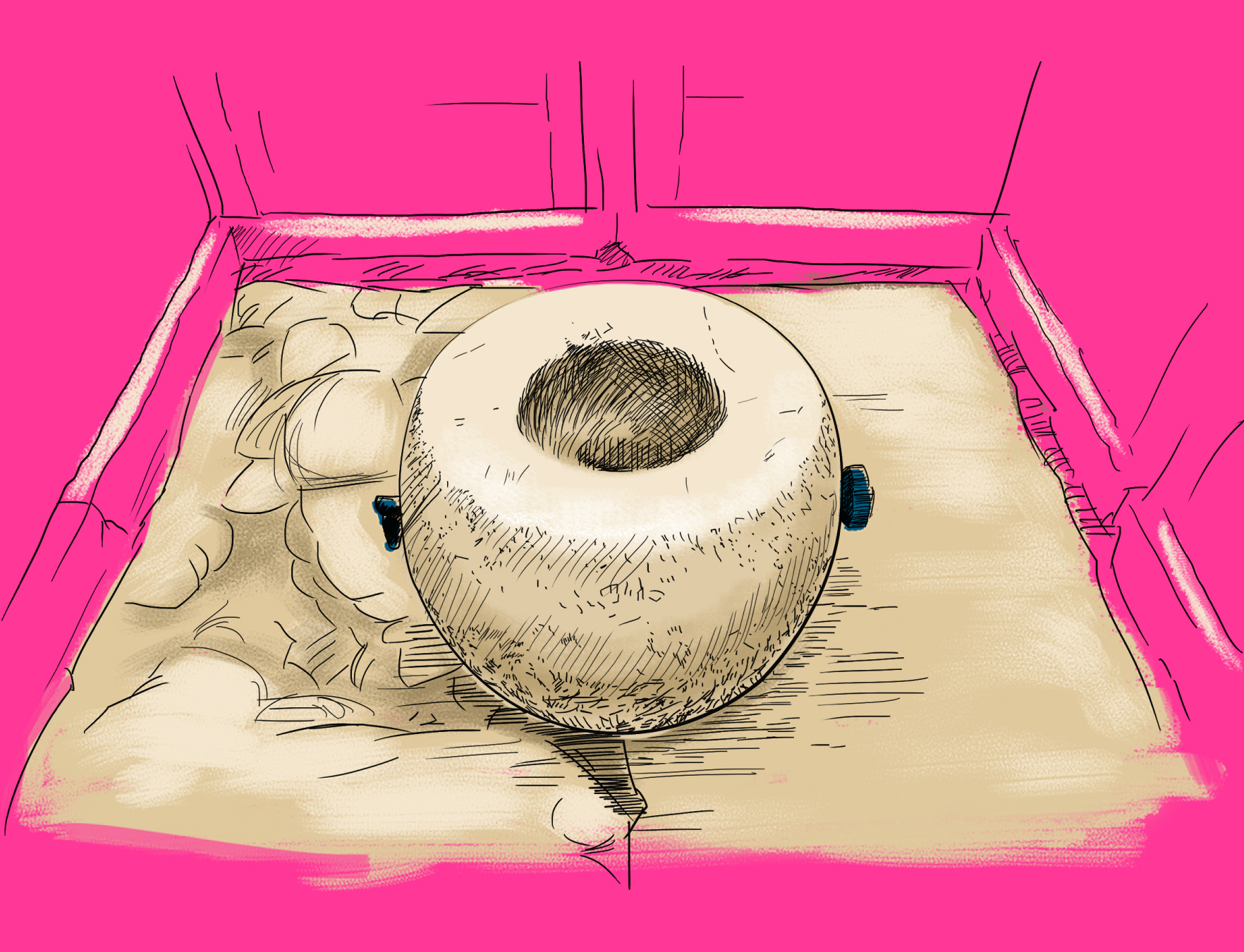
Their conflict reached a climax on June 20, 1900, as the Eight-Nation Alliance laid siege to Beijing. As Cixi forced the emperor to flee, she ordered Zhenfei to commit suicide, falsely claiming her presence would endanger the royal party. When Zhenfei refused, Cixi is believed to have ordered eunuchs to seize her and throw her down a well behind the Ningxia Palace.
Palace servants
The Qing Palace maids
Maids were female servants recruited exclusively from Eight Banners families (mainly Manchurians and Mongolians) at the age of 13. Their role was to attend constantly to the daily needs of the empress, consorts and concubines, remaining by their ladies' sides seven days a week. The maid-in-waiting held the highest rank.
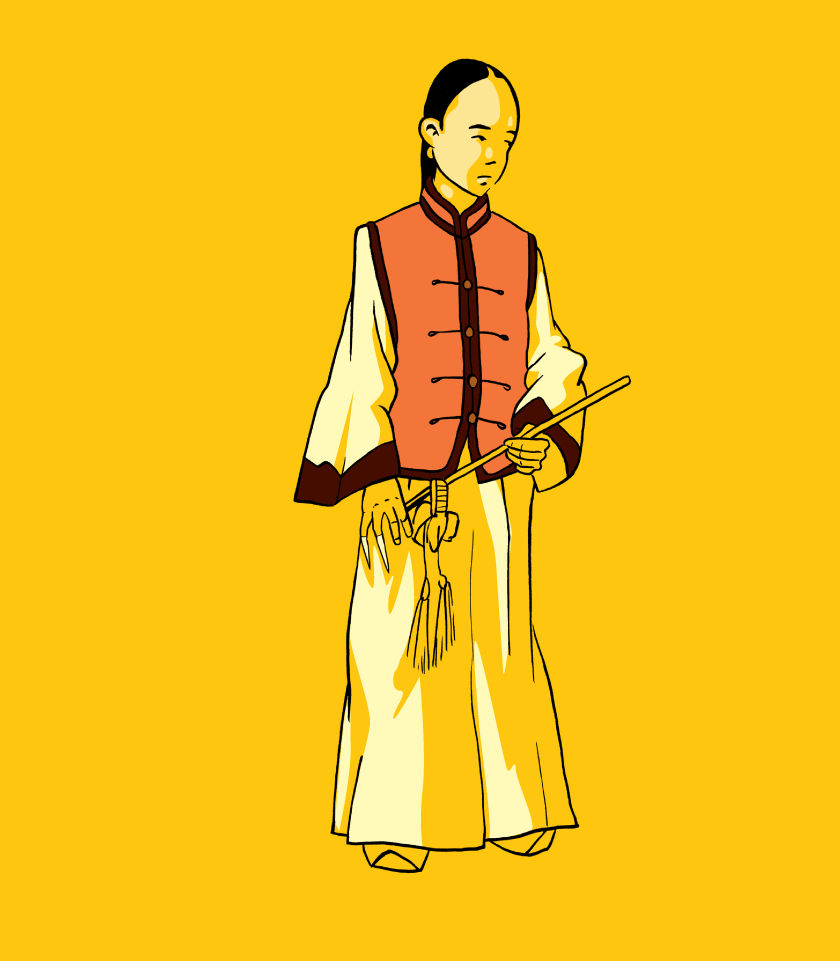

MAIDS ASSIGNATION
The number of maids
assigned varied based on the rank of the women they served.
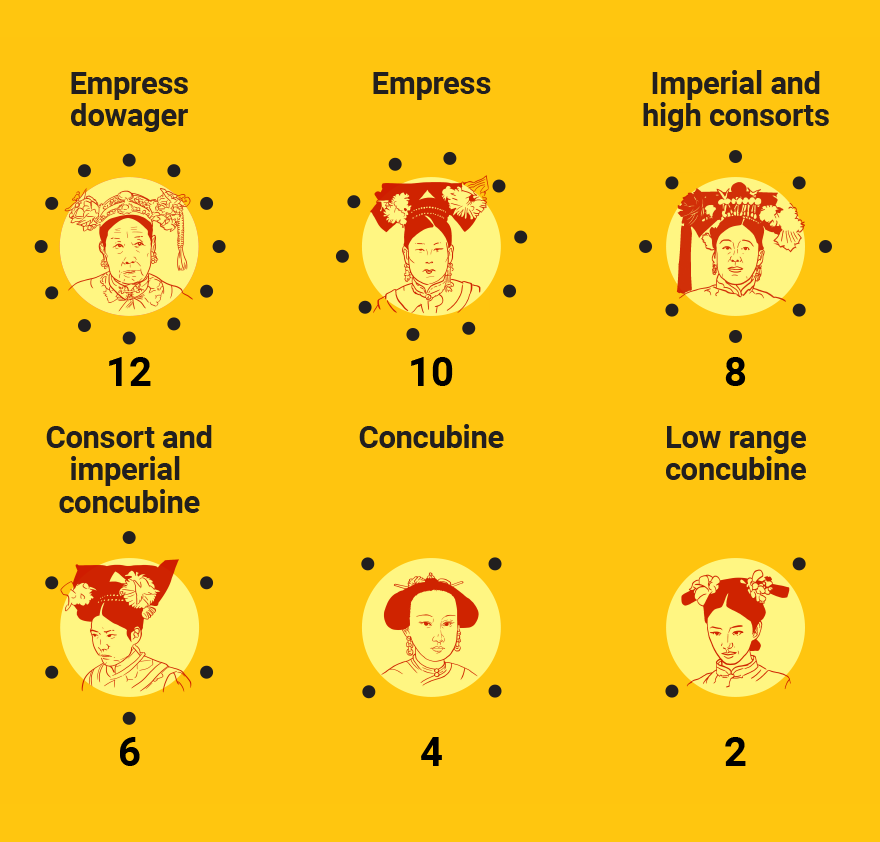
WET NURSES
Wet nurses gained prominence because imperial consorts and concubines wished to mark their high status by sparing themselves the physical challenges of breastfeeding.
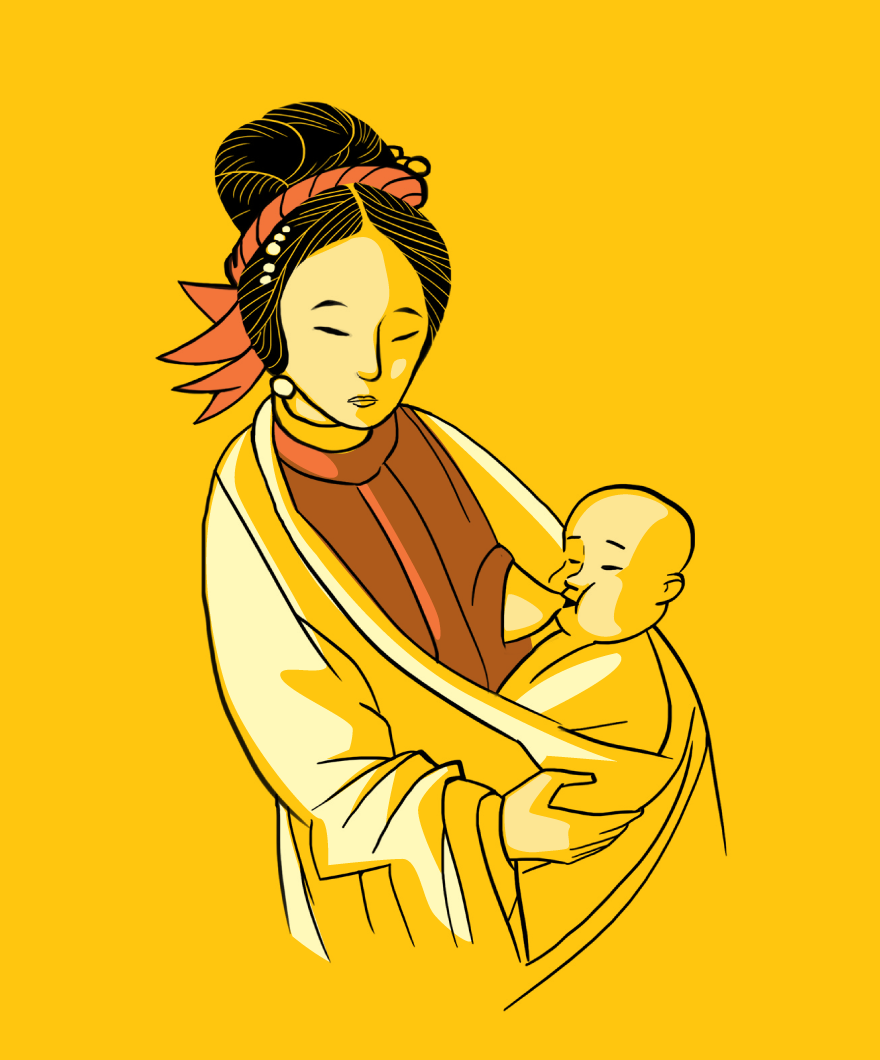
THE SELECTION
The Rites and Proprietary office tasked eunuchs with the unusual responsibility of recruiting 20 to 40 lactating women every three months.
When a baby was due, 40 wet nurses and 80 substitutes were employed. To ensure the balance of yin and yang and prevent any substitution, a crucial rule was observed: imperial sons were breastfed by nurses whose own child was a girl, and imperial daughters were breastfed by those whose child was a boy.
REQUIREMENTS
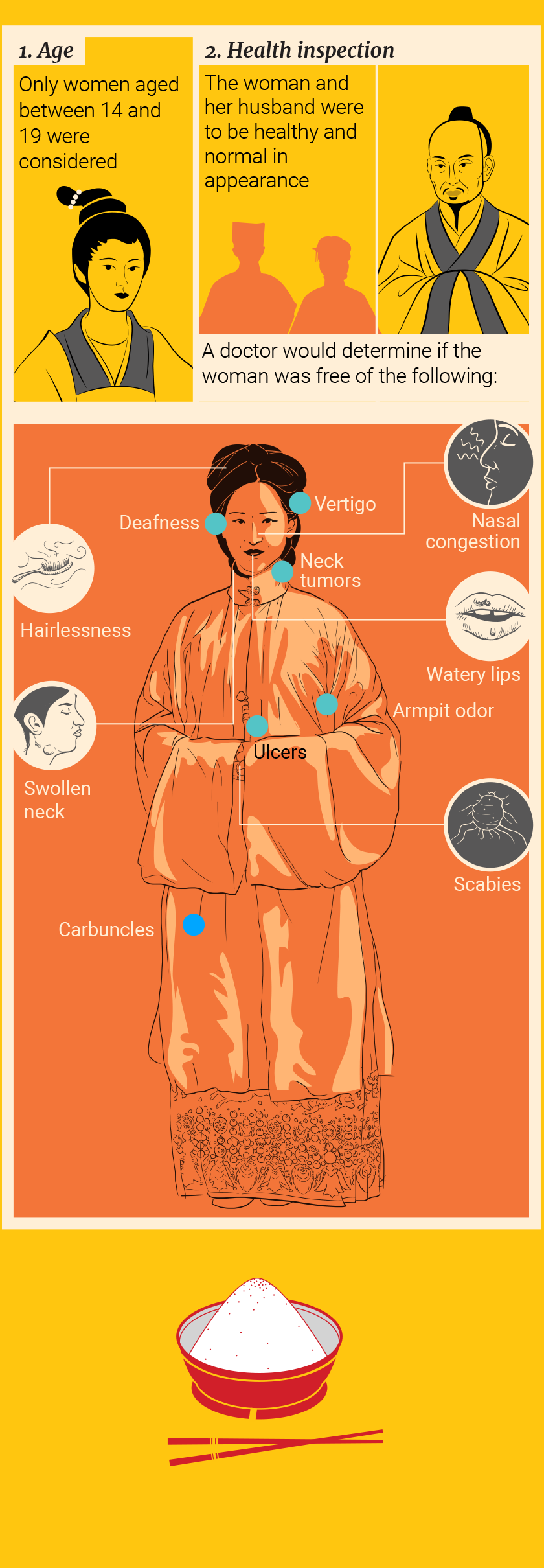
When working, wet nurses received a clothing allowance, a daily ration of rice and meat, and coal during cold weather.
Royal princesess
Women in the imperial family
The emperor’s unmarried female relatives were required to live within the inner palace.
RANK METHODOLOGY
Imperial daughters were
ranked according to their bloodline to the emperor and their
mother’s title.

THE OTHER WAY TO BECOME A NOBLE
The same
pool of xiunu (beauties)
from the Eight Banners families was also used to find wives and
concubines for other male nobility. Candidates were presented in
small groups. Those selected would become palace concubines, or be
married to the emperor’s sons, grandsons, princes, and dukes.
Empresses were often chosen from this high-ranking group of
“beauties”.
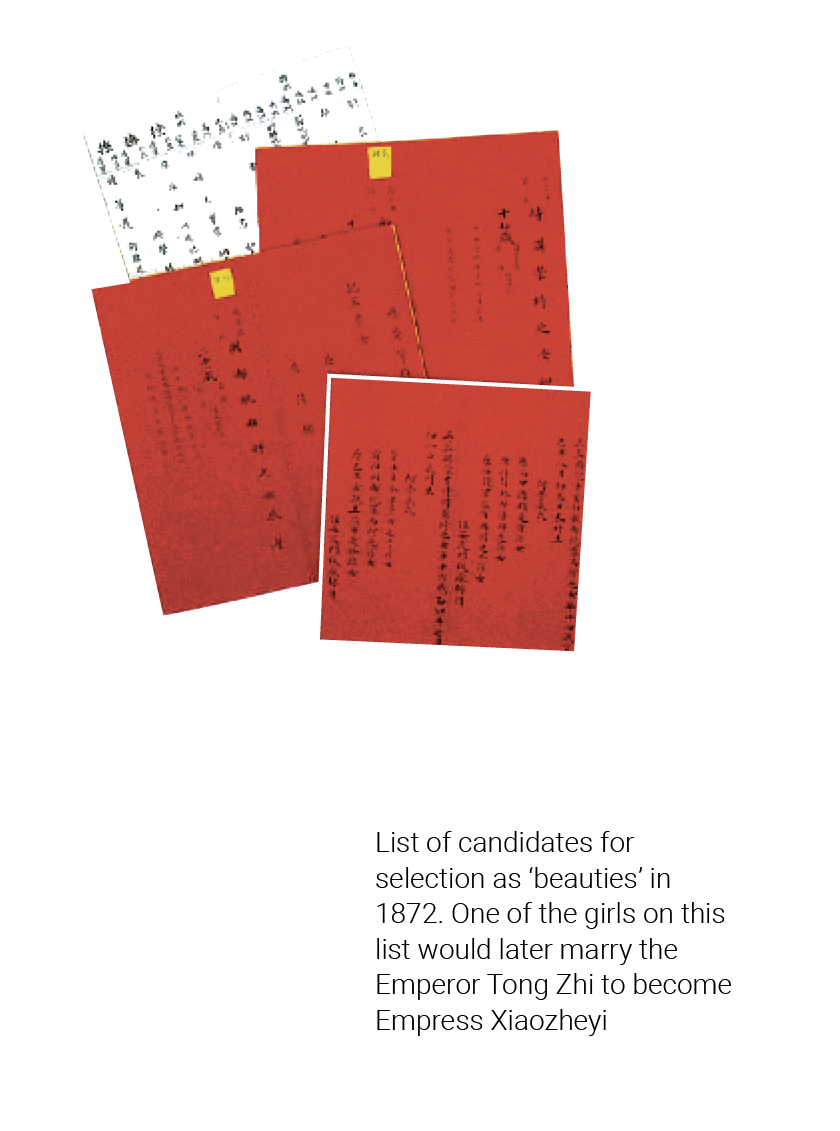
FURTHER READING
We invite you to explore other chapters of this special Post
presentation for a glimpse into a unique part of Chinese history.
RELATED STORIES
China’s Qing dynasty empresses, their lives and power they wielded, take centre stage at US show
The Chinese scholar who threw himself in a well, and the palace consort ‘martyred’ in one
‘So beautiful fish forget to swim’: ‘Four Beauties’ of ancient China changed nation’s history
Reflections | How Chinese princes lived lives of privilege and precariousness
The Palace Museum
By South China Morning Post graphics team
-
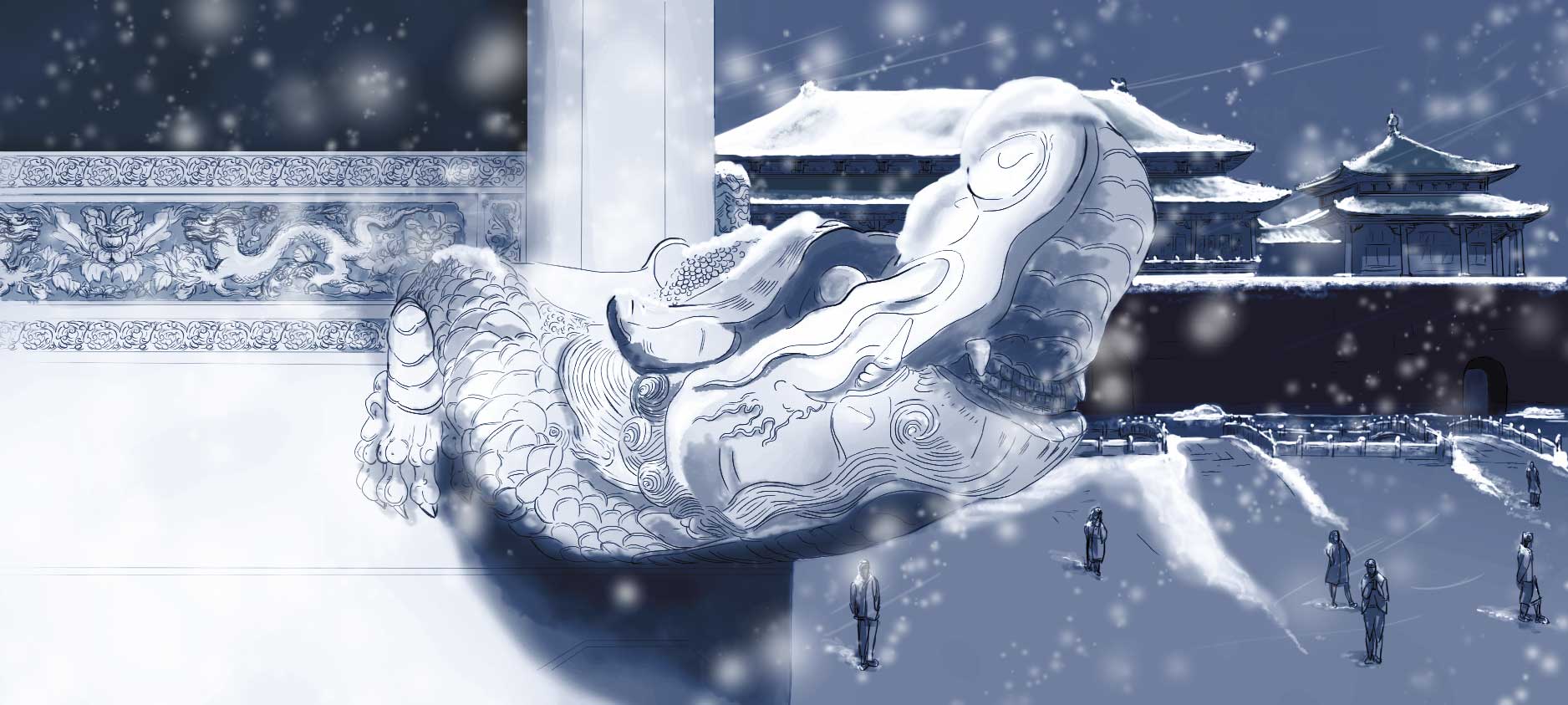
I
PARTThe Forbidden City’s unique architecture
By Marco Hernandez
-
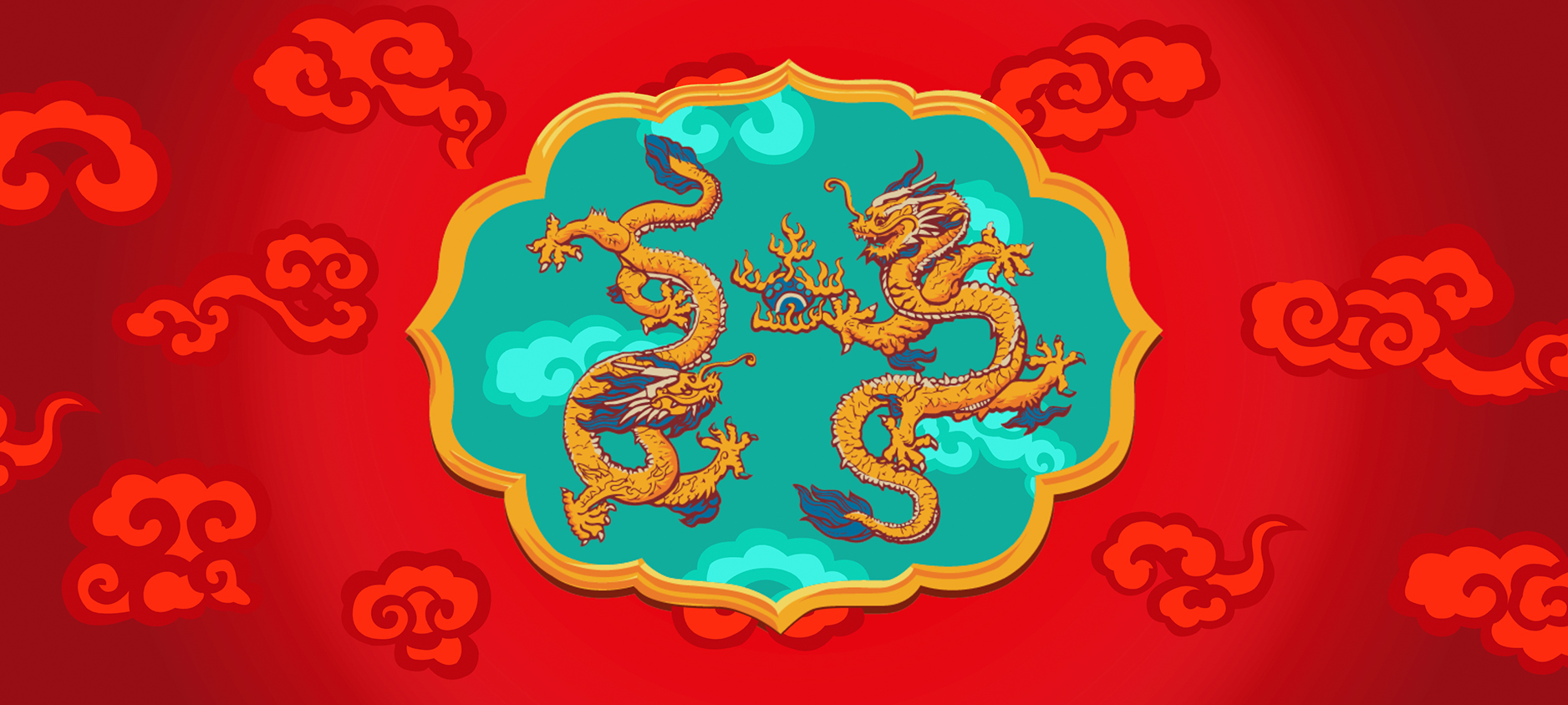
II
PARTLife inside the Forbidden City
By Marcelo Duhalde
-

III
PARTThe collection, the odyssey of the objects
By Adolfo Arranz
